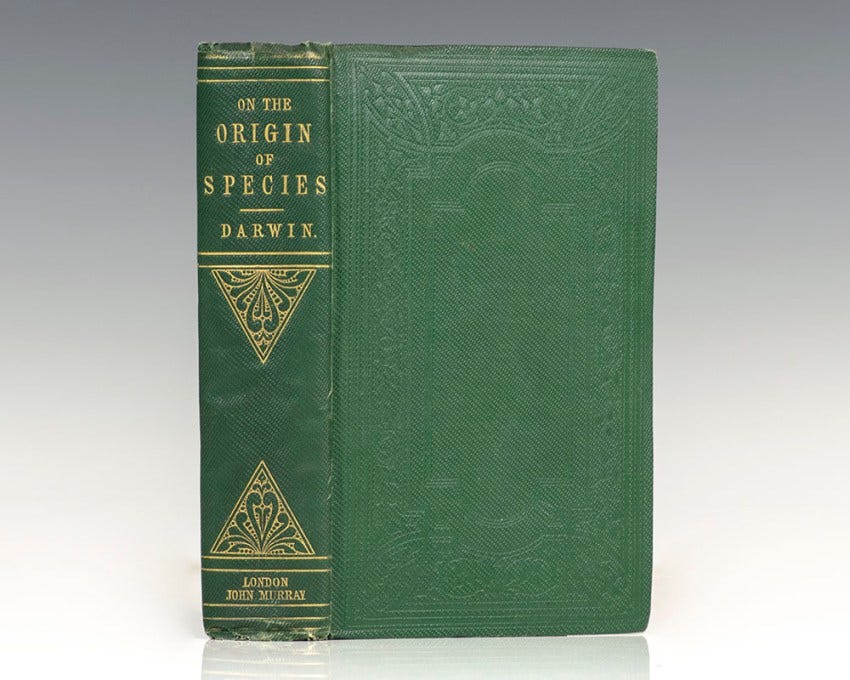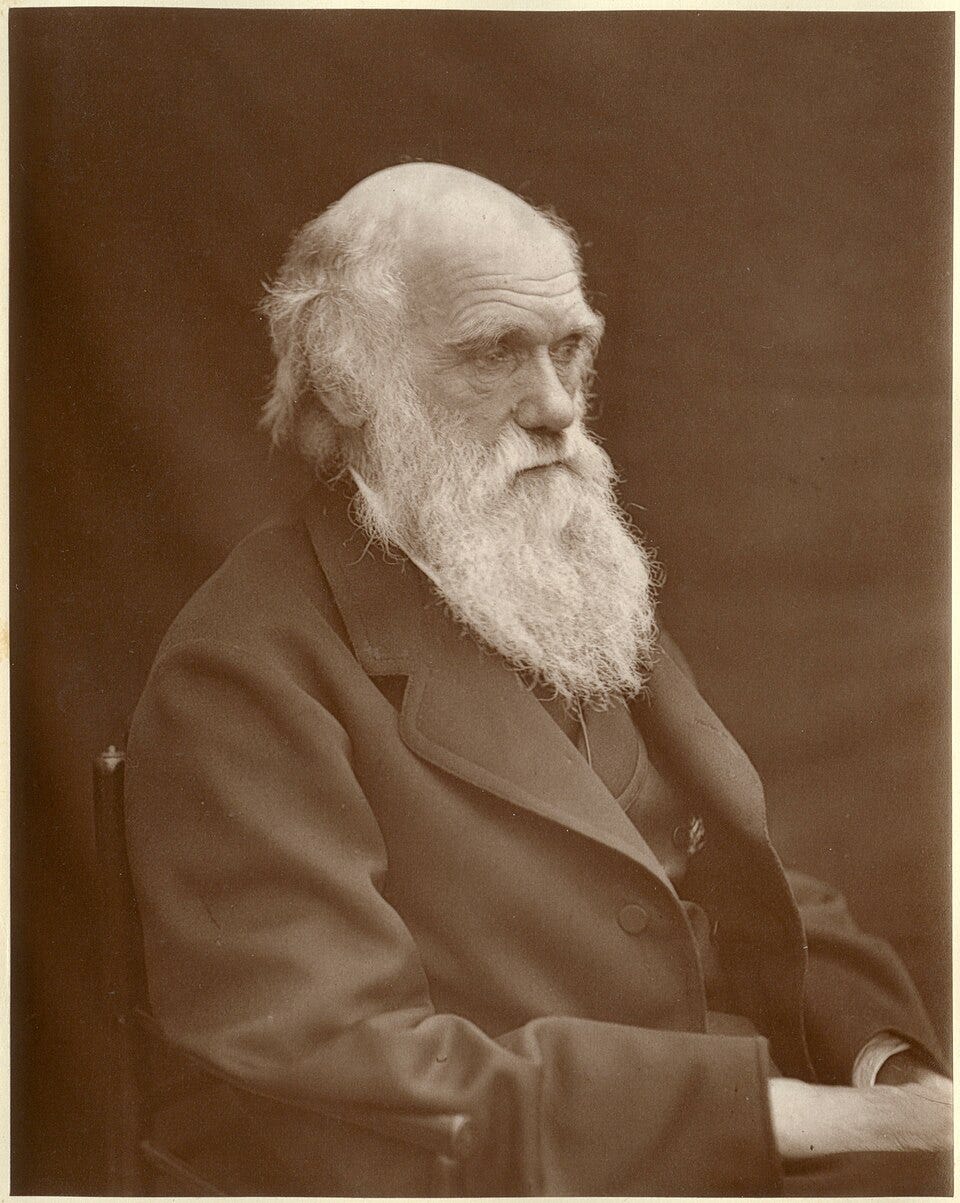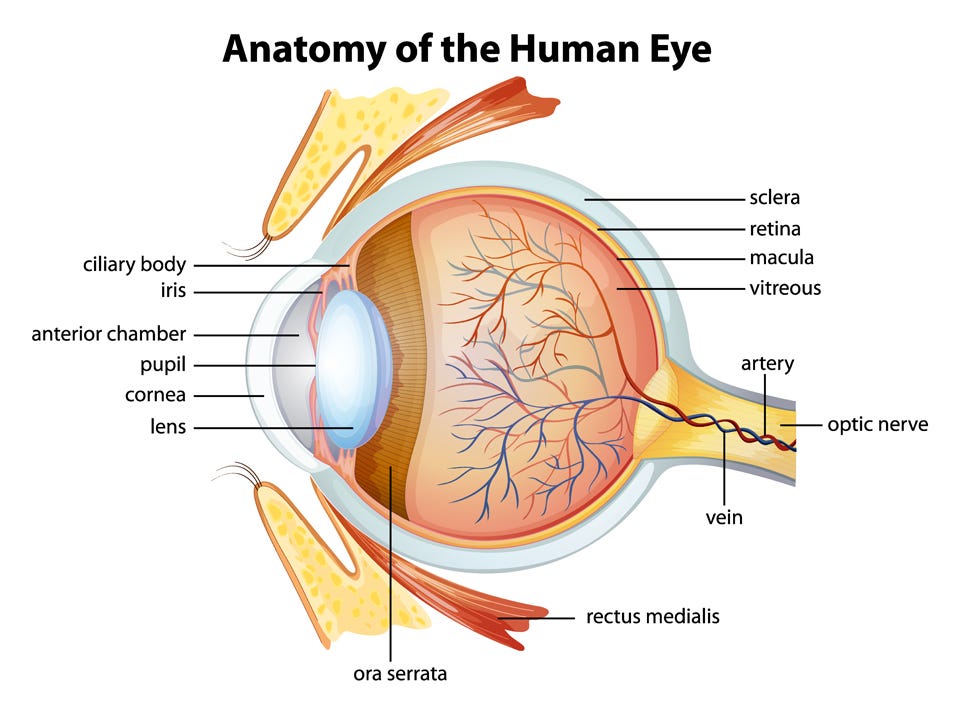Incorporating technology into evolutionary adaptation.
This somewhat unusual title probably caught the attention of my dear Reader, and I promise to connect the dots and make sense of it! On these pages we often venture off from the delightful path of music, and from its brightest servant Beethoven, to discover other interesting and valued topics. But how Darwin and AI is connected? Keep reading to find out!
Darwin and his legacy
Charles Darwin was born on February 12, 1809, in Shrewsbury, England. He remains one of the most influential figures in the history of science. Raised in a well-to-do family, Darwin initially studied medicine at the University of Edinburgh before shifting to theology at Cambridge, following his father’s wishes rather than his own passion.
However, his true calling emerged during his voyage aboard the HMS Beagle from 1831 to 1836, where, as a naturalist, he collected specimens and observed geological and biological diversity across South America, the Galapagos Islands, and beyond. This five-year journey laid the groundwork for his revolutionary idea that he published in 1859, On the Origin of Species. In this he introduces the theory of evolution by natural selection, a concept that reshaped biology and our understanding of life’s diversity.

Darwin’s personal beliefs about evolution and God evolved over his lifetime. In On the Origin of Species, he presented natural selection as a mechanism, not an absolute truth, and avoided claiming it explained all aspects of life. His writings suggest he saw his theory as a working hypothesis, open to revision as new evidence emerged. This humility is evident in his correspondence, where he expressed hope that future discoveries would fill the gaps he couldn’t address.
Darwin was not an atheist in the modern sense. Raised in a Christian household, he retained a sense of awe for nature’s grandeur, often hinting at a deistic view in his early works. In the first edition of Origin, he wrote of life being originally breathed into a few forms, a phrase suggestive of a divine spark. However, the death of his daughter Annie in 1851 and his growing skepticism of organized religion distanced him from orthodox Christianity. In later correspondence, he described himself as agnostic, admitting he could neither affirm nor deny God’s existence. Darwin seemed to reconcile evolution with a belief in a purposeful universe.

Darwin and music
We cannot conclude his bio without a word on music. Darwin’s engagement with music changed throughout his life. As a young man at Cambridge, he found pleasure in music, attending concerts and appreciating composers like Handel. Music remained part of his home life, as his wife Emma often played the piano for him. However, in later years, Darwin experienced a significant decline in his ability to enjoy music and other arts. He described this in his autobiography, regretting the loss of happiness, and connecting it to his intense, prolonged focus on scientific investigations.
Music had an important place in his theory of evolution . He speculated in The Descent of Man that musicality, specifically the ability to create and appreciate rhythm and melody, likely predates the development of language. Darwin proposed that early humans, like many animals, used musical sounds as a means of courtship, suggesting that the capacity for music arose through sexual selection as a way to attract mates.
Charles Darwin died on April 19, 1882, at the age of 73, at Down House in Kent, England. He was buried in Westminster Abbey, London, alongside other prominent figures like Isaac Newton.

A theory with gaps
Today, most of those who believe in science and consider themselves rational, may be interested to know that the theory of evolution is not a bulletproof concept. Darwin himself acknowledged that it is full with gaps and unanswered questions. Here, we will mention only two.
The first critical point that still awaits proper explanation is the so called Cambrian Explosion. It refers to a remarkable period in Earth’s history, approximately 540 million years ago, when a sudden and dramatic diversification of animal life occurred over a relatively short geological timespan. This burst of evolutionary activity transformed oceans from ecosystems populated by simple, soft-bodied organisms into ones teeming with diverse, often hard-shelled creatures. For Darwin, the Cambrian Explosion posed a challenge to his gradualist view of evolution, as it suggested a pace and scale of change that seemed at odds with the slow and small variations he proposed.

The second is the issue of irreducibly complex systems. Irreducibly complex systems are biological structures or processes that cannot function if any single part is removed, implying they could not have evolved gradually through natural selection. The concept suggests that such systems, like the bacterial flagellum, with its intricate motor-like components, require all parts to be present simultaneously to work, challenging Darwin’s idea of step-by-step evolution.

One such example in complex life forms is the eye. The intricate structure of the eye, with its interconnected parts like the cornea, lens, retina, and optic nerve all essential for sight, is a frequent argument against gradual evolution. The removal of any single component would render the eye useless. This suggests, that the eye’s sophisticated ability to focus light, perceive color, and relay information to the brain necessitates a fully formed, sudden appearance rather than Darwin’s proposed gradual development. The interdependence of parts, like a lens is pointless without a retina, and a retina’s signals are lost without an optic nerve, making intermediate stages non-advantageous.

Eye, AI
In one form or another Artificial Intelligence (AI) is here. On a daily basis we receive news on the latest developments, and how the future of human and AI cooperation will look like. Soon, AI will run on quantum computers, which promises to unleash a machine that will do more thinking in a second than what the entire human race can do in millions of years combined. I am not even sure how to react to this information, honestly…!
One positive aspect of all this is how humanity will fight against diseases. Artificial intelligence even today is like a super-smart assistant for scientists, speeding up research in amazing ways. It can sift through mountains of data faster than any human, spotting patterns and clues that might take years to find otherwise. For example, AI helps design experiments by predicting what might work, saving time on trial and error. It also runs simulations, testing ideas in a virtual world before real-world tries, which cuts costs and risks. In medicine, AI analyzes patient data to suggest treatments or even invent new tools.
The most amazing latest development, news broke just this week, is Neuralink’s Blindsight chip. This tiny device, implemented in the human brain, will bring sight back to the blind! Neuralink (a company by Elon Musk) plans to test it in humans by late 2025. The chip works by connecting directly to the brain’s visual cortex, the part that processes what we see. For people who have lost their eyes or optic nerves, or were born blind, it skips all those broken parts. Tiny electrodes will send electrical signals to the brain, initially only creating basic images, like simple 90s video game graphics. They promise future versions could make vision even sharper than normal!

This company has already put other brain chips in three people last year, helping participants with paralysis control things like computers with their thoughts. It works!
Darwin, with his keen interest in the mechanisms of life and adaptation, would likely have been fascinated by the concept of the Blindsight chip: a brain-computer designed to restore vision by directly stimulating the visual cortex. He might have viewed it as a remarkable extension of human adaptability, akin to how species develop traits to overcome environmental challenges. However, ever the cautious scientist, he might also question its long-term implications, whether such artificial enhancements align with or disrupt the natural processes he spent his life unraveling.
We will soon find out!
Dear Reader,
It is not by coincidence that in this week’s post I mention the topic of AI. It is already here and in the next 5 to 10 years it promises to change the world as we know it. Work, study, research, technology, human relations, and societies will change beyond recognition.
What is happening? What is AI, and how will it affect our lives? How can we adapt and make the best use of it? How can AI help humanity and not destroy us?
To learn about and navigate this new, exciting, and somewhat menacing technology, I have started a new magazine focusing on AI and its application in everyday life.
It is called The Popular AI Magazine.

Please, join me on this journey, follow my latest posts in the magazine
and subscribe to the newsletters
The Popular AI substack.
Thank you!
